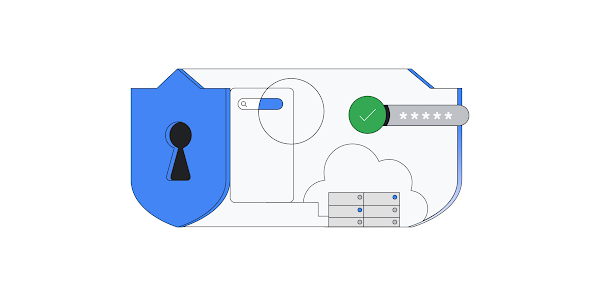Google Cloud provides many layers of security for protecting your users and data. Session length is a configuration parameter that administrators can set to control how long users can access Google Cloud without having to reauthenticate. Managing session length is foundational to cloud security and it ensures access to Google Cloud services is time-bound after a successful authentication.
Google Cloud session management provides flexible options for setting up session controls based on your organization’s security policy needs. To further improve security for our customers, we are rolling out a recommended default 16-hour session length to existing Google Cloud customers.
Many apps and services can access sensitive data or perform sensitive actions. It’s important that only specific users can access that information and functionality for a period of time. By requiring periodic reauthentication, you can make it more difficult for unauthorized people to obtain that data if they gain access to credentials or devices.
Enhancing your security with Google Cloud session controls
There are two tiers of session management for Google Cloud: one for managing user connections to Google services (e.g. Gmail on the web), and another for managing user connections to Google Cloud services (e.g. Google Cloud console). This blog outlines the session control updates for Google Cloud services.
Google Cloud customers can quickly set up session length controls by selecting the default recommended reauthentication frequency. For existing customers who have session length configured to Never Expire, we are updating the session length to 16 hours.
This new default session length rollout helps our customers gain situational awareness of their security posture. It ensures that customers did not mistakenly grant infinite session length to users or apps using Oauth user scopes. After the time bound session expires, users will need to reauthenticate with their login credentials to continue their access. The session length changes impact the following services and apps:
Any other app that requires Google Cloud scopes
The session control settings can be customized for specific organizations, and the policies apply to all users within that organization. When choosing a session length, admins have the following options:
Choose from a range of predefined session lengths, or set a custom session length between 1 and 24 hours. This is a timed session length that expires the session based on the session length regardless of the user’s activity.
Configure whether users can use just their password, or are required to use a Security Key to reauthenticate.
How to get started
The session length will be on by default for 16 hours for existing customers and can be enabled at the Organizational Unit (OU) level. Here are steps for the admins and users to get started:
Admins: Find the session length controls at Admin console > Security > Access and data control > Google Cloud session control. Visit the Help Center to learn more about how to set session length for Google Cloud services.
End users: If a session ends, users will simply need to log in to their account again using the familiar Google login flow.
Sample Use Cases
Third-party SAML identity providers and session length controls
If your organization uses a third-party SAML-based identity provider (IdP), the cloud sessions will expire, but the user may be transparently re-authenticated (i.e., without actually being asked to present their credentials) if their session with the IdP is valid at that time. This is expected behavior as Google will redirect the user to the IdP and accept a valid assertion from the IdP. To ensure that users are required to reauthenticate at the correct frequency, evaluate the configuration options on your IdP and review the Help Center to Set up SSO via a third party Identity provider.
Trusted applications and session length controls
Some apps are not designed to gracefully handle the reauthentication scenario, causing confusing app behaviors or stack traces. Some other apps are deployed for server-to-server use cases with user credentials instead of the recommended service account credential, in which case there is no user to periodically reauthenticate. If you have specific apps like this, and you do not want them to be impacted by session length reauthentication, the org admin can add these apps to the trusted list for your organization. This will exempt the app from session length constraints, while implementing session controls for the rest of the apps and users within the organization.
General Availability & Rollout Plan
Available to all Google Cloud customers
Gradual rollout starting on March 15, 2023.
Helpful links
Help Center: Set session length for Google Cloud services
Help Center: Control which third-party & internal apps access Google Workspace data
Help Center: Use a security key for 2-Step Verification
Cloud BlogRead More


